Just ask anyone who has spent at least a few days here.
You'll hear sighs of pleasure as they reminisce
about luscious platters bearing the goodness of France.
From foie gras to fromage, these reflections bring back
some of the Paris souvenirs we cherish most.
Yet consider this.
There's another genre of Paris indulgence just as gloriously
unforgettable as any you have ever devoured -- and
it's as far from the dinner table as you can get.
The care and feeding of our appetite for art
is as certain as the sun rising in the east.
With an aptitude for artistic creation, Paris perpetually spoils us
with its steady parade of world class riches.
This is a city where art shines equally well in museums,
on the street, even in the cafes of the most average Parisians.
Just look around, the city nourishes art lovers with their own version
of chicken soup for the soul -- no need for a bowl or a spoon.
It's an emotion filled feast served up warm and delicious
in the form of a sketch, a sculpture, or a concept.
So get your artistic soul to Paris and get a belly full.
Feed your imagination with every step you take.
"The chief danger about Paris is that it's such a strong stimulant."
T.S. Eliot, British poet/playwright/critic
Like so many things we see today in France,
this world-class art capital had royal beginnings.
Enthusiasm for the arts began at court*.
The crown's lavish court lifestyle breathed in paintings and sculpture
as if its very existence depended on it.
Think about it, what would King Francois I be without his
devotion to the artists of the Italian Renaissance?
And can you dare imagine the Sun King without passion
for his own royal portraiture?
*prehistoric paintings of Lascaux notwithstanding.
"Persons famous in the arts partake of the immortality
of princes, and are upon a footing with them."
Francois I, king of France 1515-1547
Pablo Picasso
Even the greatest painters and sculptors had to start somewhere, so many
went to art school for a formal -- albeit conservative -- education.
The grand-daddy and best known is the Ecole des Beaux Arts -- now
formally called Ecole Nationale Superieure des Beaux-Arts.
Highly respected, it remains a virtual monument
to many of the world's leading artists.
But long before the school we now know emerged,
the Academie Royale de Peinture et de Sculpture was born,
founded in 1648 by Cardinal Mazarin, first minister of France.
His boss, King Louis XIV, needed a steady supply of talent to
fulfill his artistic vision of Versailles.
Government controlled, the academy harnessed its disciples with
precise regulations that conformed to exact mandates governing
painting, sculpture, architecture and even gem cutting.
Students competed day and night, expected to conform to artistic
"norms" -- dignified, well-recognized classical themes and structure.
Part of the curriculum included setting the standard for these artist wannabes.
Students had to submit their work to The Salon -- an exhibition
of approved art -- where they strove to win official acceptance
and endorsement into the "old guard" of the art community.
This was one of the few "tickets" to graduate from starving artist
to a possible date with immortality.
If your work was accepted at The Salon, you were officially in the big leagues.
"Art is the signature of civilizations."
Beverly Sills
the place to be seen and -- fingers crossed -- accepted.
Prestigious, dignified, stuffy and rules-driven, The Salon
helped buttoned-down artists break through anonymity and
into the real (read "paid") brotherhood of art.
From 1748 to 1890, The Salon was the biggest art event in Paris.
Budding talent from the Ecole des Beaux-Arts submitted their work
to a jury -- pretty much like today's reality shows.
"One day you're in, and the next day you're out"*....
It must have felt like a jury made up of Heidi Klum*,
Simon Cowell and Len Goodman -- ready to point a finger
and pull the rug out from under you....
In time, disgruntled pupils pushed back.
They felt this pressure-cooker atmosphere hurt the creative process,
making the argument that much like history, art evolves.
In time, a bold few stepped forward, dropped out,
and staked their claim on a new brand of art.
"History has remembered the kings and the warriors because they destroyed;
art has remembered the people, because they created."
William Morris, British artist/poet/designer
the model, everywhere except in the schools."
Auguste Rodin
By 1874, a new group of artists, disdainfully labeled the Impressionists,
opened their own separate salon.
Sick of rejection by hardball conservatives who insisted on "correct" art
technique, they clamored to move art in a new and progressive direction.
The Impressionists mandate was simple:
Do the exact opposite of what was expected of them.
This passionate posse of visionaries concentrated increasingly on expression
and mood, pushing the old norms of formal structure out the window.
These giants of art were true pioneers, pushing a revolution of creativity
and generating a new type of renaissance that ushered in the modern age.
So where did these revolutionaries go to further their education and inspiration?
today we might call an "alternative school".
Their philosophy, curriculum and teaching methods varied greatly
from the grand old establishment Ecole des Beaux Arts.
And perhaps most important to many, their fees were
of the bargain basement variety compared to the old guard.
Hopeful artists didn't need wealth, just talent and persistence.
Free from the confines of tradition, the Academie de la Grande Chaumière
opened their doors in 1904 to the talent of many -- including a deluge
of immigrants who hoped to find fame and fortune in Paris.
Officials made no bones about it -- they were a bare bones school",
promising little more than "no constraints, warmth in the winter and live models."
It was built on creative spirit, perfect for those who clamored to break the rules.
Students came from diverse backgrounds but shared many of the same problems. Recall the 1985 movie "The Breakfast Club."
The "jock", the "nerd", the "princess", the "weirdo", etc. were all outcasts
in detention hall -- but ended their standoff when they realized
they all had something in common.
All right, that may be a stretch but I think the point is a group of
incompatible creative types can make one whale of a big impression....
The school's roster of teachers was a who's who of notable talent: Ossip Zadkine, Antoine Bourdelle, Yves Brayer, Jean Metinger, Emile-Rene Menard & Martha Stetell. Starving artists, even those already earning a few sous -- entered the somewhat shabby doors and found a welcoming home in the Montparnasse neighborhood. Over the years their roll-call included the likes of
Delacroix, Gauguin, Cezanne, Modigliani, Picasso...
How's that for a yearbook directory?
Just study a map and you'll soon see, art schools in Paris are kind of like
Walgreens in the U.S. -- it seems like one pops up on every other corner of the city...
Even before Academie de la Grande Chaumière opened its doors,
Paris was the stage for another school that deserves special mention.
Academie Colarossi, founded in 1870, opened its doors to women,
allowing them access to nude models -- as in male nudes, fully-equipped.
Remarkably progressive for its time.
Famous sculptress Camille Claudel attended classes as did Henry Moore,
Jean Lurcat, Paul Gauguin and Alphonse Mucha.
Another competitor, Academie Julien, was famous for its liberal agenda,
boasting a long list of future notables, including many who broke down
all the old barriers, barreling forward with the movement labelled
"avant-garde" and setting the table for the abstract art scene.
"It took me four years to paint like Raphael, but a lifetime to paint like a child."
Pablo Picasso
"A-list" -- but surely it's worth a detour to look for these unsung heroes in Paris.
I once booked a hotel on the rue de la Grande Chaumière for a brief visit
just so I could stay in the shadow of the Academie de la Grande Chaumière.
Wallowing in the legacy of its legend, I peeked through the windows
and dawdled in the art store two doors down.
Though art is not my forte*, I love slowly poking my way through its many forms.
The grand cafes of Montparnasse were just around the corner where I imagined sipping a coffee -- really an absinthe -- with Modigliani at La Rotunde.... and
I'm pretty sure I dreamed up a spirited conversation with fellow art lovers Gertrude Stein and Alice B. Toklas at Le Closerie des Lilas, just a few short blocks away.
*If art is your strong suit, I strongly suggest you sign up for a few classes at Academie de la Grande Chaumiere,
the perfect inspiration for your own Paris original, still featuring live models!
Art, food, history, Montparnasse -- it's all in a day's work in Paris....
of art, of the joys of civilized living."
Dione Lucas, first female graduate of the Cordon Bleu in Paris
There is little doubt that art, food and history embrace in Paris,
serving up one heck of a feast for us all.
And just like the mega-artists that walked the streets before you,
time and again in equal measure, the city will feed you -- body and soul.
Chow down, art-lovers!
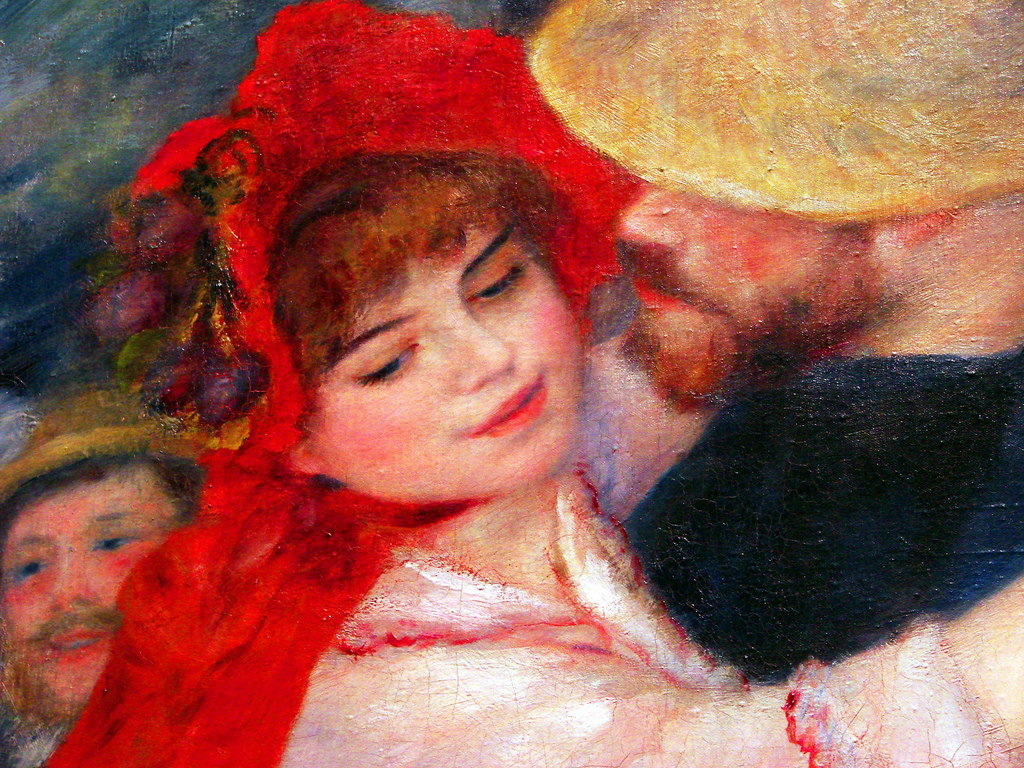
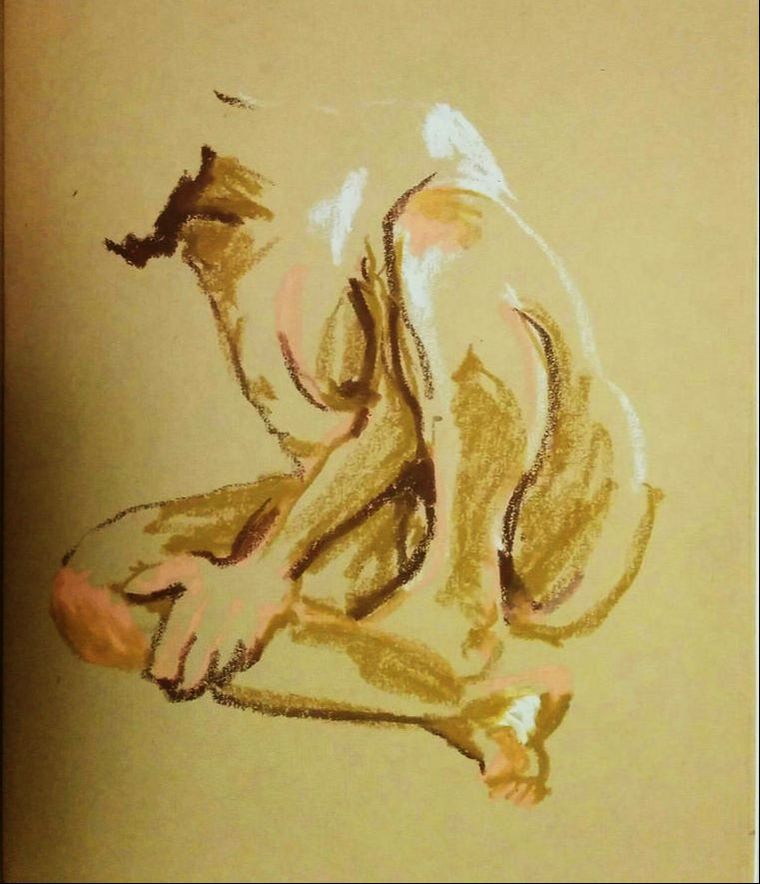
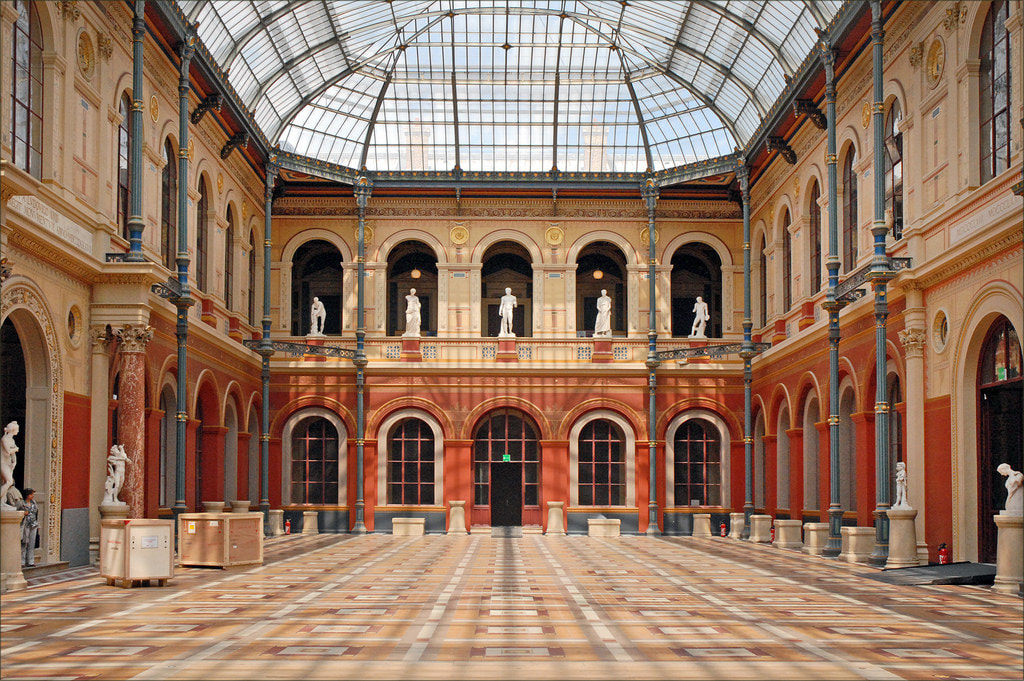
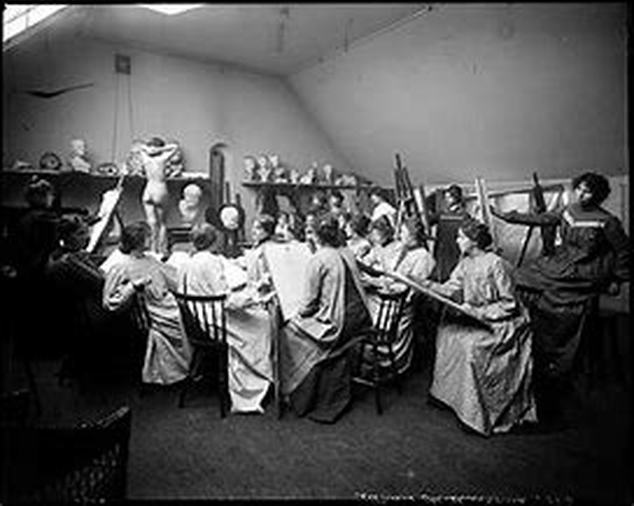


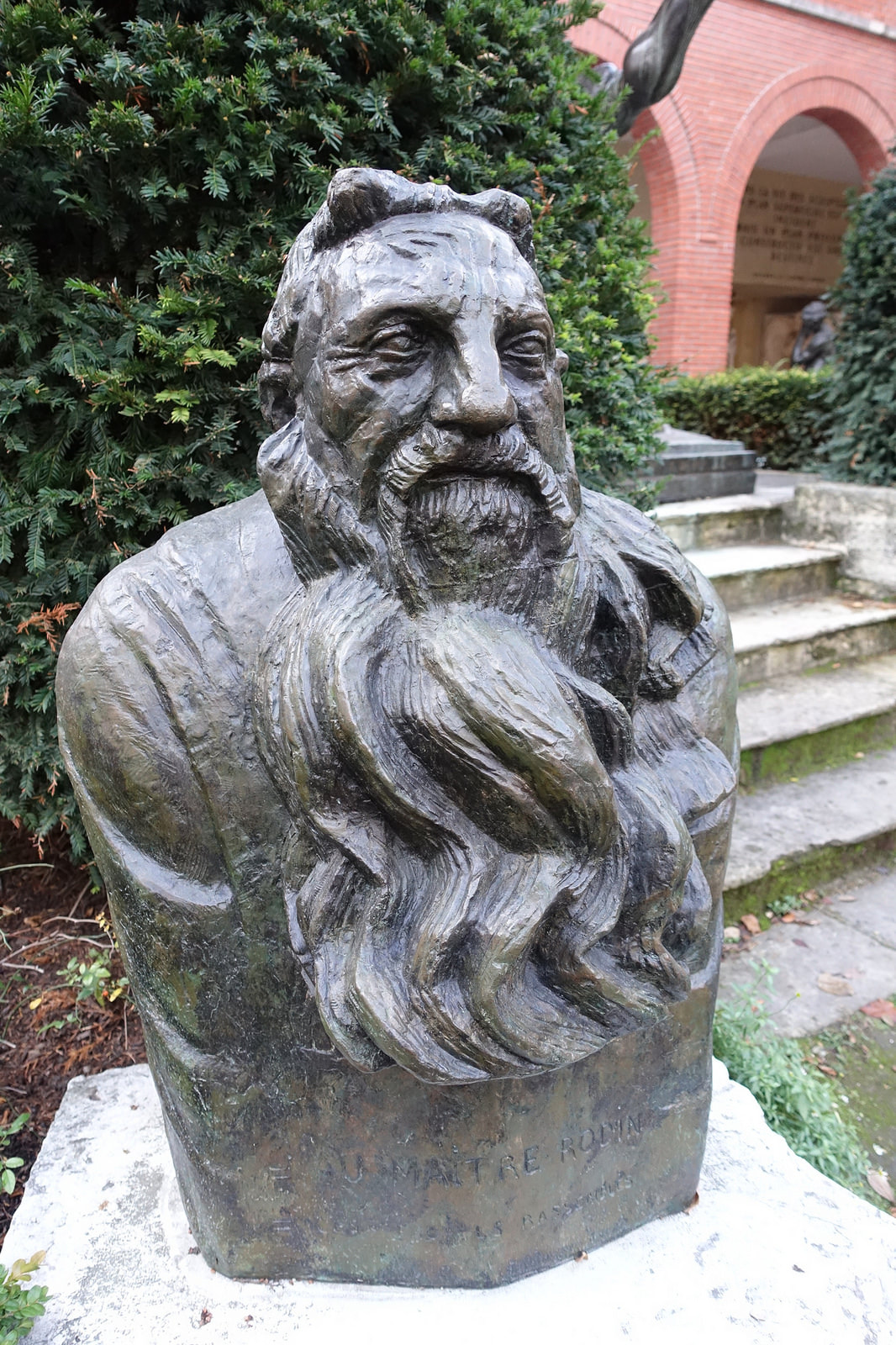


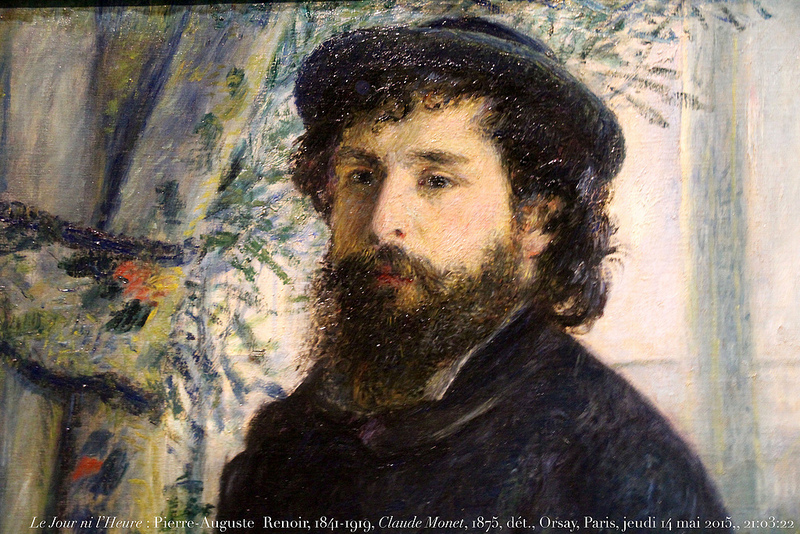
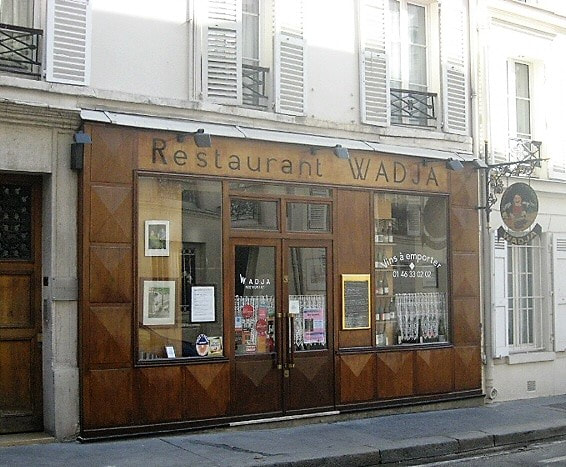
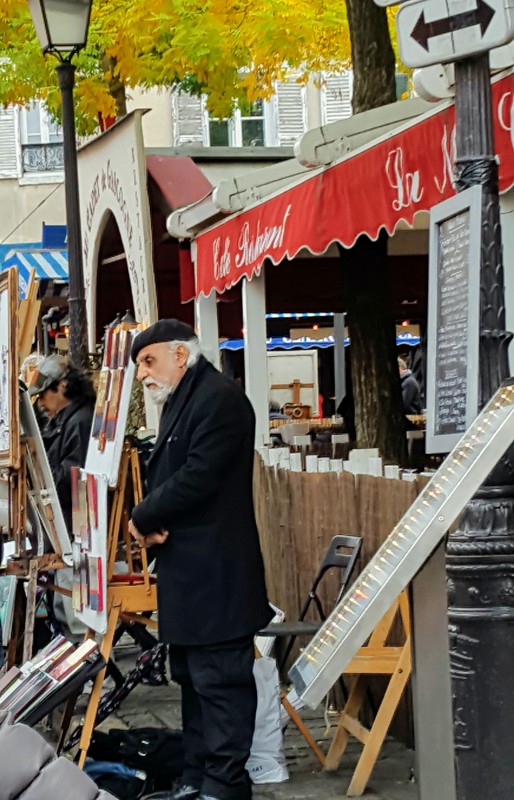




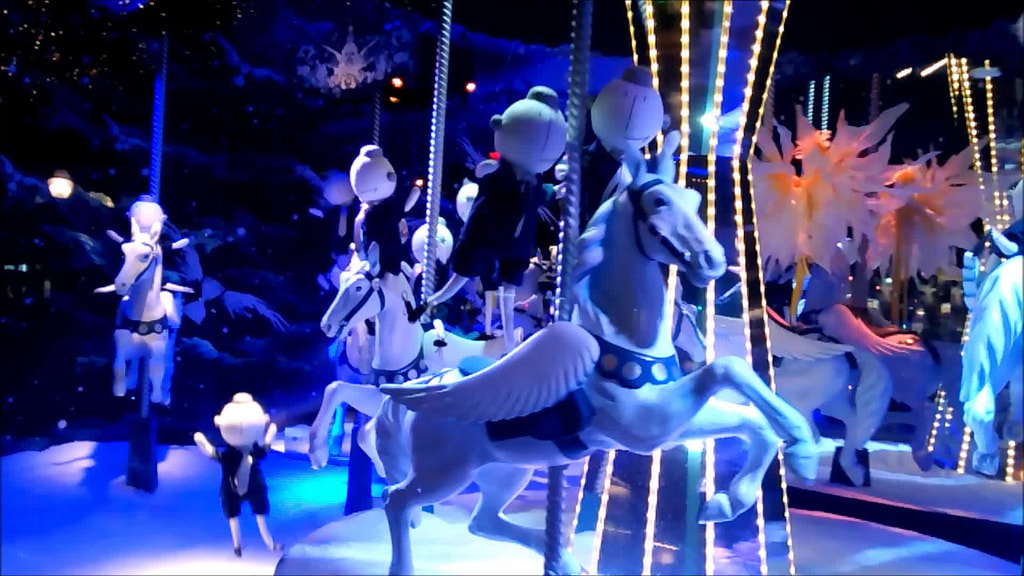




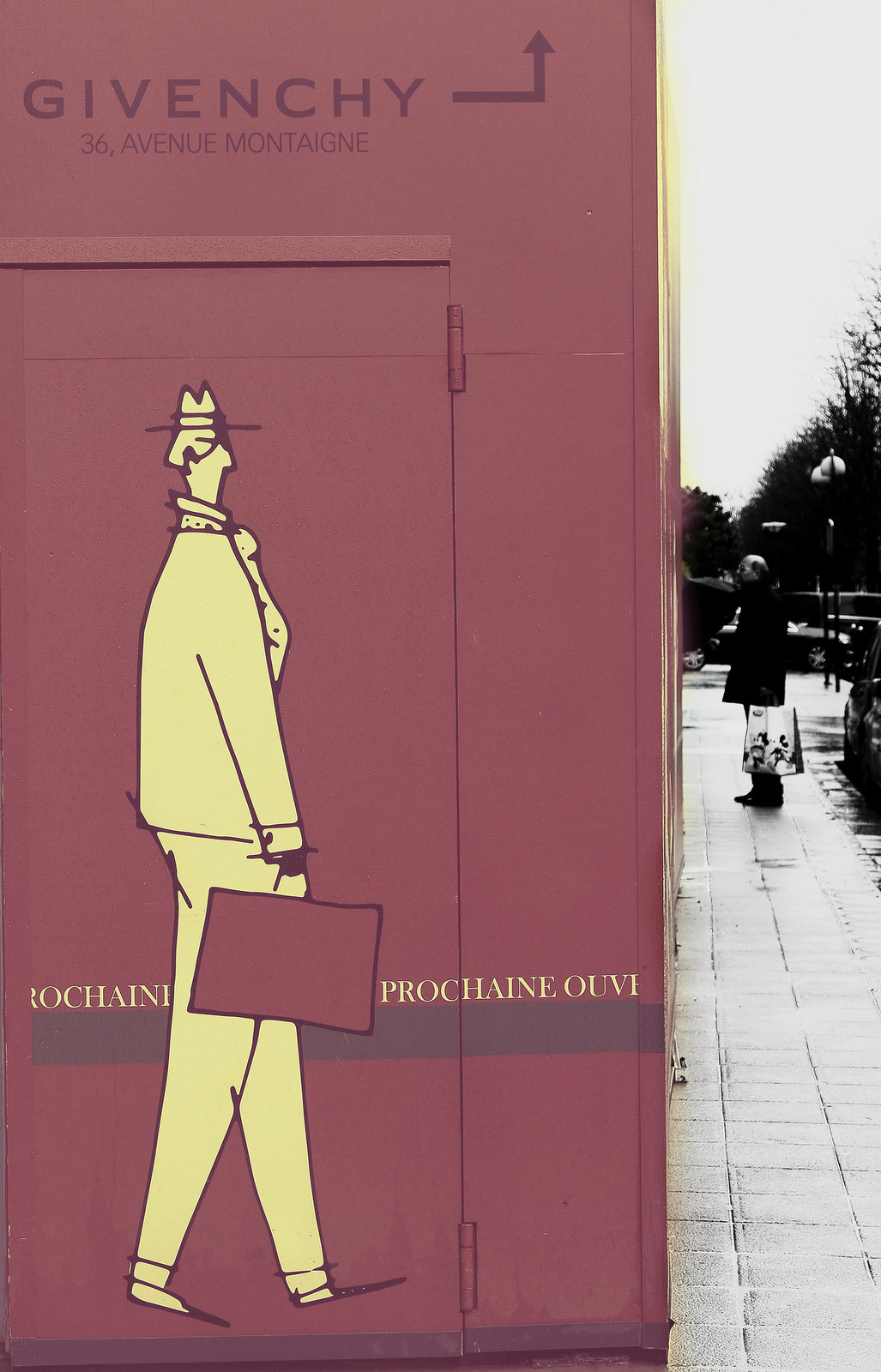
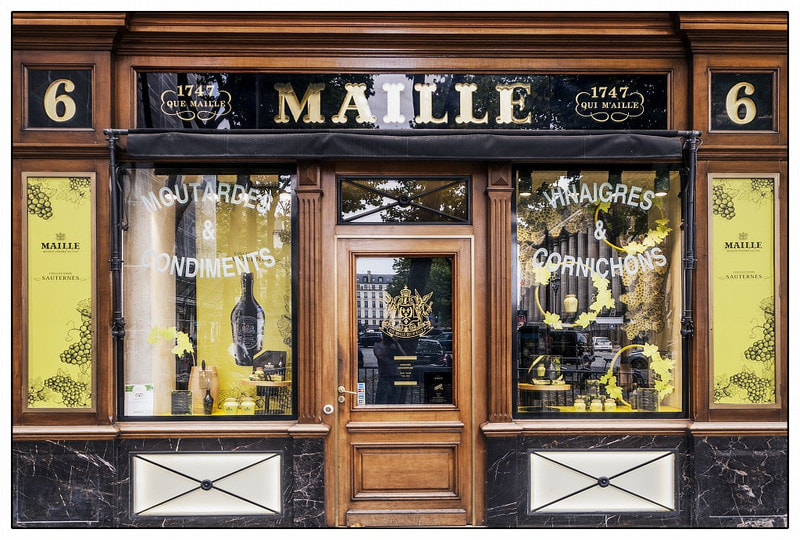


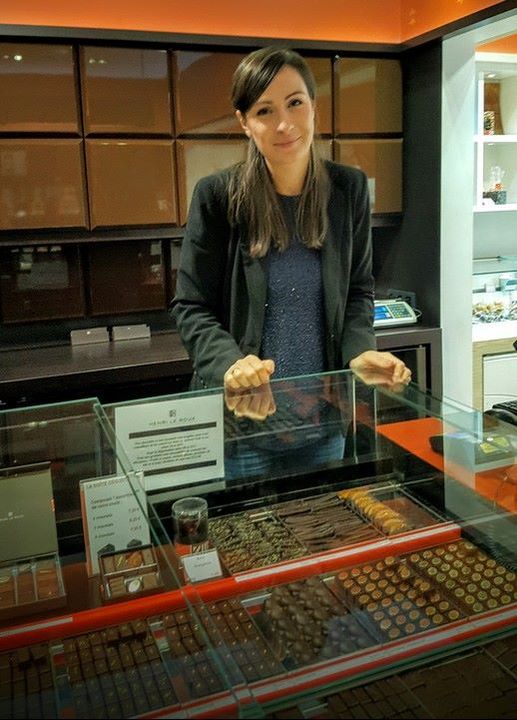

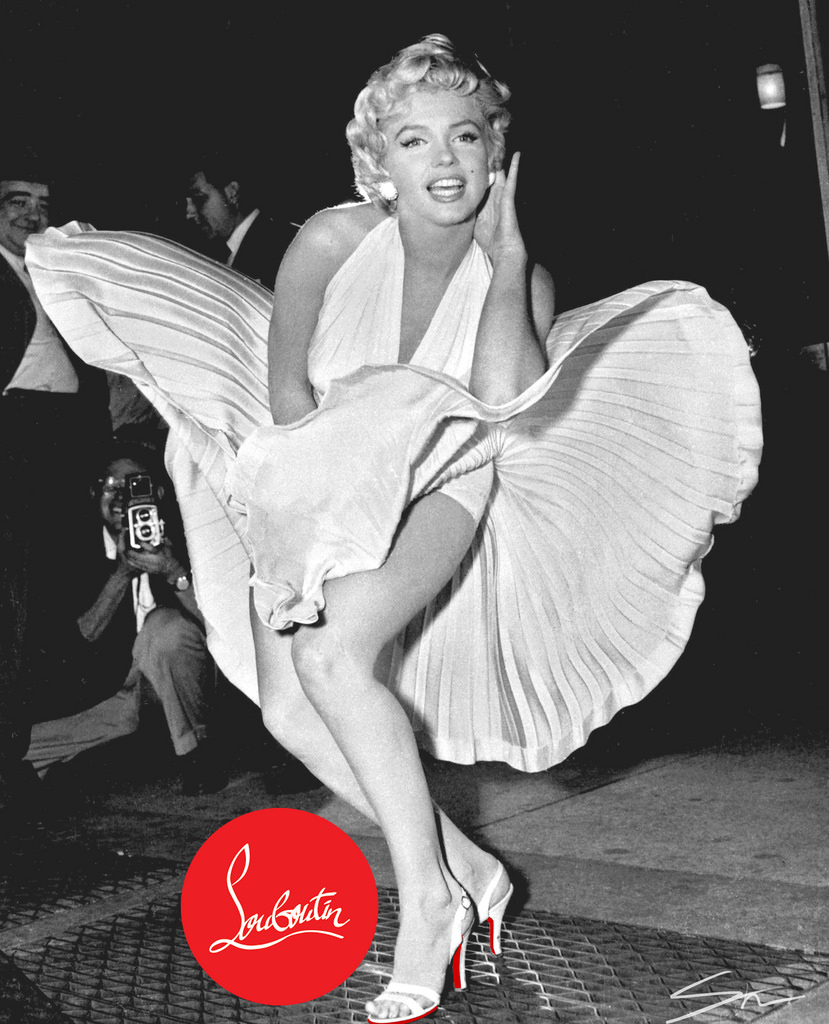
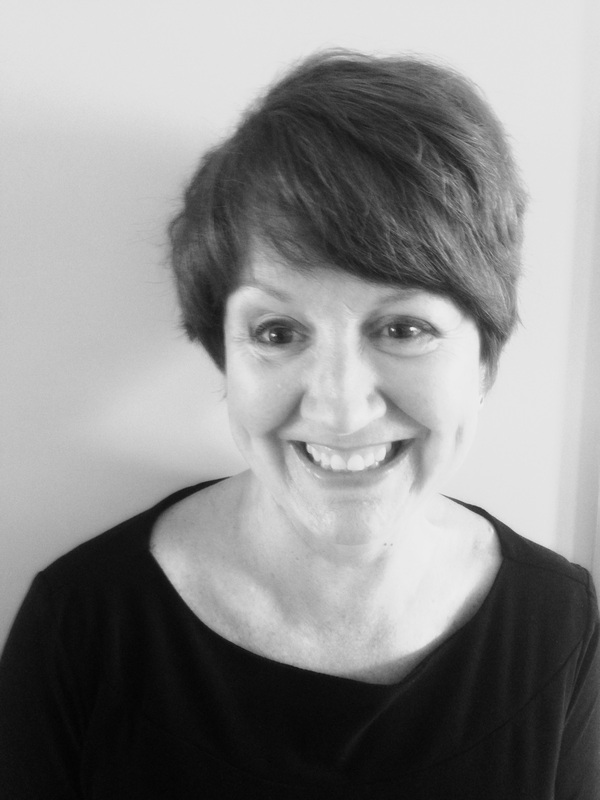
 RSS Feed
RSS Feed
